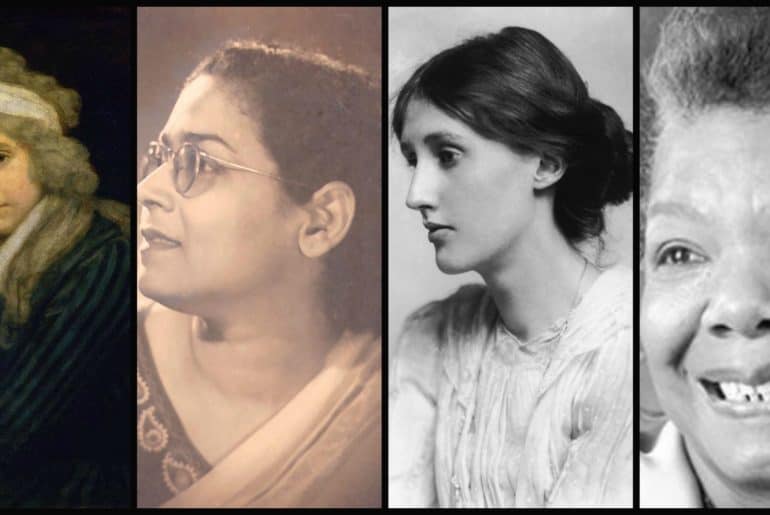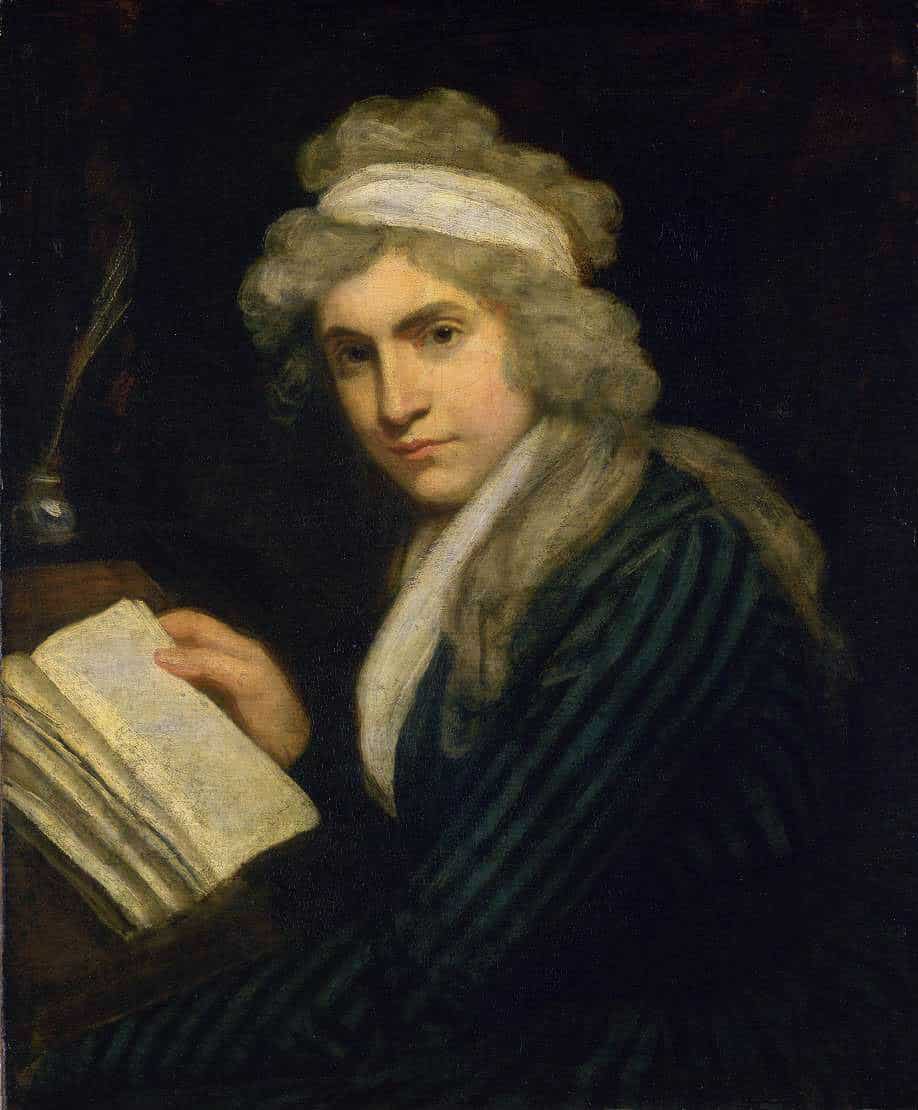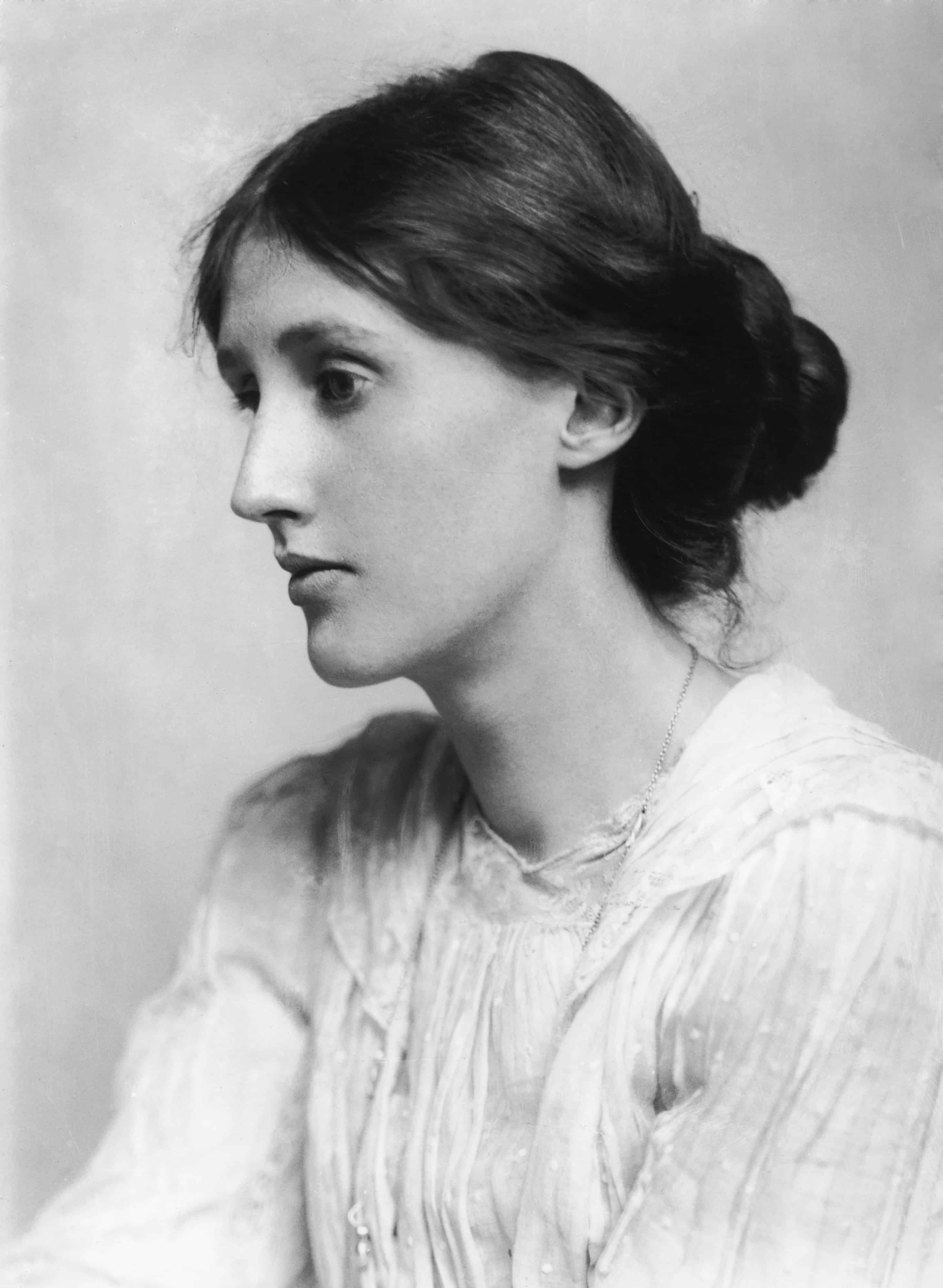We have successfully completed two decades of the 21st century. These were indeed the decades of diverse on-screen representations of women. Read on for a quick recap.
Apart from the freshest-in-mind historic defeat of a long running political party and longer queues as a result of demonetisation and varied forms and issues of resistance, what these 20 years have also seen is a distinguished portrayal of women in Bollywood films. While most of these films continue to be driven by stereotypical characters and plots, off-centre sides of the feminine gender in particular have surfaced in their representations, much unfamiliar to the latter decades. One could possibly recap only some of the unconventional portrayals.
Earlier in the century, Preity Zinta’s character in Salam Namaste (2005) is shown to be in a live-in relationship, much to the surprise of Nargis or Nirupa Roy hungover audience. Boomers only. Her character was however based out of India, in Melbourne probably because a desi setting could have been too outrageous. Years later we see Kriti Sanon’s character in Luka Chuppi (2019) taking the live-in concept in the very desi Gwalior city. She is a headstrong reporting intern who later falls into a guilt trip.
Men and women, both have been portrayed in stereotypical ways in the past. Men as strong headed, hyper masculine patriarchs, protagonists or babuji’s and women as moral anchors to them or damsels in distress. The audience’s fantasy with the ideal woman – sanskari ladki, was carried forward by films like Vivah and reinforced by the youth popular Cocktail (2012). Our eye-candy Saif Ali Khan chooses the super sanskaari Meera after gallivanting with free spirited Veronica. Things got worse when Veronica tries to woo him one last time in her modest salwar kameez.
Films like English Vinglish (2012) talked about the Indian woman making space for herself in the modern world by ‘secretly’ learning English as a tool of empowerment. The director remarkably covered themes like emotional violence within a family, lack of acknowledgment to home-makers and ignorance towards women entrepreneurs through the legend Sridevi.
Alia Bhatt in Dear Zindagi (2016) attempted to normalise that women need not always be the emotionally equipped ones in a society. It points out how they are made to feel inadequate for not being ‘ideal’ in a society that indulges in slut shaming. Movies like Lipstick Under My Burkha (2016) or Shudhh Desi Romance (2013) have successfully validated female desire within the patriarchal institutions of society. Movies like Jodhaa Akbar (2008), Bajirao Mastani (2015), Padmavat (2018) and Manikarnika (2019) did try to talk about historical women as well but it was mostly through a pro male gaze narrative.
With great scripts and narration, film makers have time and again normalised the nuance shades of women as an individual, be it Fashion (2008) or Queen (2014). They have brought topics like sexuality and female experience into the forum of public discussion. Be it Alia’s character in Badrinath Ki Dulhaniya (2017) or Vidya Balan’s Tumhari Sulu (2017), women are shown taking up professional spaces against the set standards while also outrightly questioning traditions of dowry etc. Under the umbrella of ‘women centric’ films, biopics of women characters like in Dangal (2016), Neerja (2016) or Mary Kom (2014) have additionally found space and recognition. However, these are only stories of renowned sportspersons, politicians or inspired by landmark court cases like in No One Killed Jessica (2011) that have the capacity to fill in profits pertaining to their thriller or inspirational narratives. The stories of ordinary women and their slice of life are yet to be shared. Nil Battey Sannata (2016) is one such story. The coming decade sees high hopes for this.
It took the star of the millennium, the angry young man, now old but ever so charming Amitabh Bachchan in Pink (2016) to come forward and talk about consent and that no means no, irrespective. This extremely well enacted courtroom drama talked about virginity, importance of a ‘moral character’, victim blaming and women’s rights and dignity amidst the time of Nirbhaya and other rape cases, simultaneously pricking the vulnerability of the diehard patriarchal and judgemental society. A marvel in itself.
These two decades have also seen women take up charge off screen as well as scriptwriters, camerapersons, directors and producers. While the entire country is in a severe state of unrest, one could consider this recap as some ‘light at the end of the tunnel’. It leaves us yearning for good stories and better representations that not only delves deep into the intricacies of gender but also can transform the mindsets of the audience into a more sensitive and considerate one. Bollywood films continue to be the most popular means of entertainment and incessant strong portrayals can most definitely help the need. TV soap operas being the next in line could also try and cover more realistic issues of human lives other than evil naagins and reincarnations. I’m sure for example long distance relationships can be a Kasautii Zindagi Ki (Test of Life) as well.
Feature Image Credits: Cristina Bombolla
Image 1 Credits: Bollywood Bio
Image 2 Credits: Pinterest
Image 3 Credits: YouTube
Image 4 Credits: Wacom Gallery
Image 5 Credits: Amul India
Aishwaryaa Kunwar










